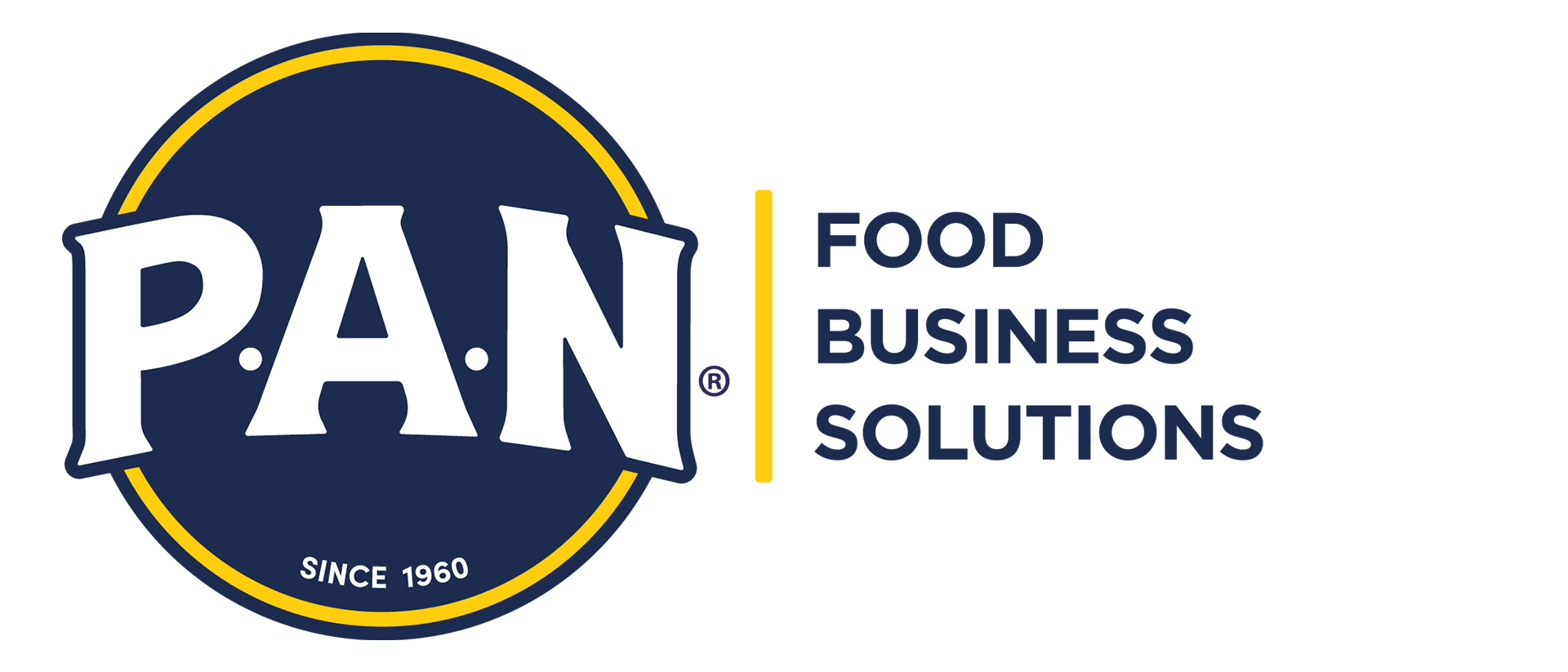What would happen if your sales dropped disproportionately overnight? For how long would your business be prepared to endure it? Do you know how to manage this type of situation?
When most business owners decide to open their restaurant, they do so from the innocent thought that “everything will be fine and there will only be profits”. In business, it is highly recommended to have an optimistic and positive outlook; however, within the world of commerce there is an infinite series of factors that cannot be controlled nor foreseen and that can affect your restaurant.

In everyday life, eventualities may occur which drive a decline in business income, either because the level of consumption of your customers or because external factors such as the change of the main supplier without prior notice, in any of the cases, they are unexpected situations that can be a problem if you do not have prior preparation.
So how to avoid and prevent these situations? There is a way to deal with this type of eventuality and it is easier than you think, its name is the Emergency Management Plan (EMP).
In this article, we will run-through the basis so you can develop a EMP and know how to manage your business in times of crisis or in unforeseen situations.
What is an Emergency Management Plan?

It is a management strategy that is applied in extreme situations and its goal is to give you instructions on how to act in certain circumstances. Its mission is not that you can foresee everything, but that you have a pre-established road map (created in a situation of stability) so that you have a defined, cold and conscious guide on how to act in a situation that is out of the daily business.
Here is a very common example so you can see it more clearly: January is usually a slow month, customers have made large investments in the previous season and are usually more reserved during the first month of the year, so sales compared to the previous months can drop drastically, not to mention that many businesses close in this period.
What to do in order to avoid an imbalance in the profit margin of the business? How to respond in a timely manner to all fixed expenses until sales return to normal?

These are the questions that perhaps you are now asking yourself, so the answers can be found in the EMP. Within the strategic planning of crucial situations in your business, you can see customers and sales go up and down due to restaurant seasonality. One of the best tactics to use (and that can work as a road map) is to take advantage of the usual increase in sales in previous months to create a Fixed Expense Fund that allows your business to cover its fixed expenses for a period of time, three months or more, without depending on one hundred percent of current sales.
Within your EMP you must describe how you will create the Fixed Expense Fund of the business. Establish the limit of the fund, how long you will have it available, what is the monthly percentage that you will assign to it, etc., you will be able to rely on the eventual expenses item or prepare an individual item. In other words, break it down step by step so you or any other manager knows what to do in this situation.
Certainly, the secret of this type of management is ANTICIPATION, it will be useless to create a strategy when you are already immersed in the problem, the idea is that these types of actions are taken with time and put into practice month by month in order to be efficient when needed.

Where does the money for the EMP come from?
The success of a great business lies in planning. All entrepreneurs or business owners want to recover their investment in the shortest possible time and the reality in the food sector is that the return on the initial investment is recovered between 2 and 5 years of operations, and there is a reason for this.
Not everything that enters your business is profit, even if the expenses and costs are fully covered, there is an item called eventual or future expenses that few businesses contemplate in their management and that is part of the distribution system of prices, expenses, and profits.
Eventual or future expenses are the lifeline of your business and if you want to see it from a more managerial approach, they are the best planning tool you can have. They are part of the EMP and aim to create a series of items that ensure the economic capacity to respond to foreseeable or unforeseeable eventualities in your business.
This is a fund whose purpose is to act as a lifeguard against eventual drastic changes in the market, such as:
- Variation in consumption through a reduction in customers and therefore sales.
- Supplier changes due to the price of raw material in the event of transitory eventualities.
- Unexpected or massive change in the staff.
- Essential equipment breakdowns for the regular performance of production.
Including this item in the distribution of prices, expenses and profits in your business will help you have an economic fund willing to support you in extreme situations, in which money often becomes a scarce resource.

How far in advance should you create the EMP?
To be honest, it should be created even before opening your business, since it is as important as the marketing and sales plan or the cost breakdown structure of your restaurant, but we are aware that in most cases the EMP is overlooked or even unknown, until you are in the presence of a crisis.
Therefore, the ideal is to create the EMP within the first 12 months in business, preferably after the first quarter. The reason is simple, in 90 days you will be able to measure, at least initially, the sales curve of your products, the relationship with your most essential suppliers, the effectiveness of sales strategies, inventory replacement levels, and another series of factors that will help you detect the weaknesses of the business, as well as its possible money leaks.
These indicators can help you create a much more personalized EMP focused on your business model. Remember that each restaurant, pastry shop or food industry has its own needs and characteristics, so the EMP of your competition or of any other business could not be efficient for you.

Who is the responsible for developing the plan and who should supervise it?
No matter how big or small your business is, it is essential that each of the people who work on it have defined roles and responsibilities. You, as the business owner, should, in theory, have a manager/administrator role, since you should be in charge of supervising all the business departments, as well as the operation of each one of them.
However, in the food industry many business owners tend to be the chefs themselves and managing a business and a kitchen at the same time often does not go hand in hand for reasons of time and availability. Therefore, it is likely that in this case you need to hire a manager for your restaurant, who can do the tasks that you will not have time to do.
Then, the EMP must be prepared by the business manager based on the weaknesses and potential money leaks of each of the base management areas, that is, kitchen, costs and pricing, marketing, sales, and inventory. Subsequently, it will be responsible for executing the EMP once any of the eventualities covered on it arise, as well as adapting or establishing the appropriate roadmap in the face of a crucial situation.
Finally, it is important that you know that as a manager and, above all, as a food entrepreneur, all these strategies are not only designed to get you out of trouble, but also to boost the profitability of your restaurant, maintain the quality of its products and ensure that your business is stable. Remember that you develop in a highly convulsed, competitive sector and change, everything that helps you establish solid foundations will translate into higher profits, more customers and more stability in the long term.
We co- created this content with Diana&Luismi Gastronomy Group – Gastronomic Advisors, to help your business grow.
